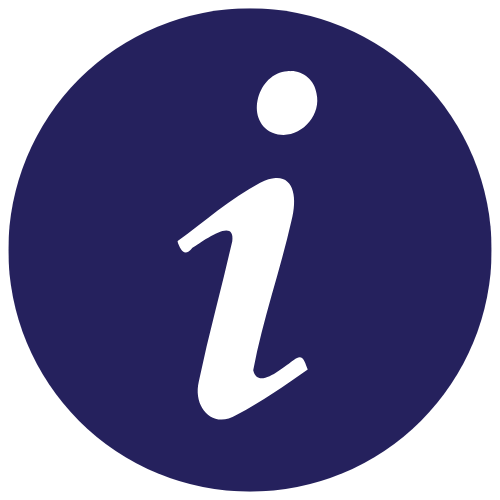 Research writing is the process of documenting and presenting findings from an investigation into a particular topic or question. It involves synthesising existing knowledge, conducting original research (through experiments, surveys, or reviews), and clearly communicating results and interpretations.
Research writing is the process of documenting and presenting findings from an investigation into a particular topic or question. It involves synthesising existing knowledge, conducting original research (through experiments, surveys, or reviews), and clearly communicating results and interpretations.
Writing for publication
Research papers prepared for scholarly publication generally do the following:
Recommended resources:
Recorded Webinar - Write a manuscript for publication
Recorded Webinar - How to get your research published
NIHR School for Primary Care Research. (2024). Writing a Journal Article: a beginners guide.
 Structure in research writing refers to the organised format and arrangement of sections within a research paper or report. A clear structure helps guide the reader through the logical flow of ideas, evidence, and conclusions.
Structure in research writing refers to the organised format and arrangement of sections within a research paper or report. A clear structure helps guide the reader through the logical flow of ideas, evidence, and conclusions.
Why is it important?
How do I structure my research writing?
The International Committee of Medical Journal Editors (ICMJE) provides guidance on Preparing a Manuscript for Submission to a Medical Journal, including detailed information on structuring your manuscript.
You will also need to consider the individual requirements of the journal that you will be submitting your manuscript to. Journal requirements are often referred to as author guidelines.
Reporting guidelines
Most study designs have reporting guidelines that will affect the content and structure of your article. You can find reporting guidelines for various study designs on the EQUATOR Network website.
Recommended resources:
PublishedMD. (2022). Outline your Research Paper Fast (Medical/ health sciences).
 Using sources in your research writing means incorporating information, data, or ideas from other authors, studies, or publications to support, explain, or develop your argument or analysis. Sources can include academic journal articles, books, reports, websites, and other forms of media. Properly using sources enhances the credibility, depth, and breadth of your research.
Using sources in your research writing means incorporating information, data, or ideas from other authors, studies, or publications to support, explain, or develop your argument or analysis. Sources can include academic journal articles, books, reports, websites, and other forms of media. Properly using sources enhances the credibility, depth, and breadth of your research.
Why is it important?
How do I incorporate sources into my writing?
 Example
Example
Jamie, a nurse, is studying the effects of sleep deprivation on cognitive function. They conduct a literature search in Medline to identify sources that support their findings. In Jamie's paper, they cite a study by Smith et al. (2020) that shows a correlation between lack of sleep and decreased memory performance. Jamie paraphrases their findings to explain the relationship between sleep and memory.
Jamie integrates these sources to contextualise their own results, noting that their findings align with Smith et al.’s conclusions but also diverge in some areas. She appropriately references all sources in her bibliography, following the required citation style.
Plagiarism and Artificial Intelligence (AI)
In a research paper, you will be drawing on the work of other researchers and you must document their contributions. To borrow another writer's words and ideas without proper acknowledgement is plagiarism.
AI-generated content can inadvertently lead to unintentional plagiarism if it closely mirrors existing sources without proper citation. Proper diligence is essential to avoid legal and reputational risks. In some instances, the use of AI for writing a publication is not permitted.
Many publishers will now have AI policies. Check their websites before you submit.
Recommended resources:

